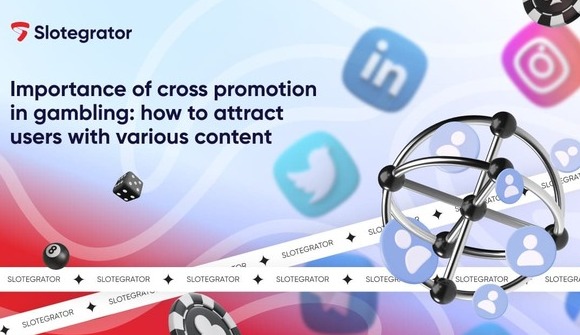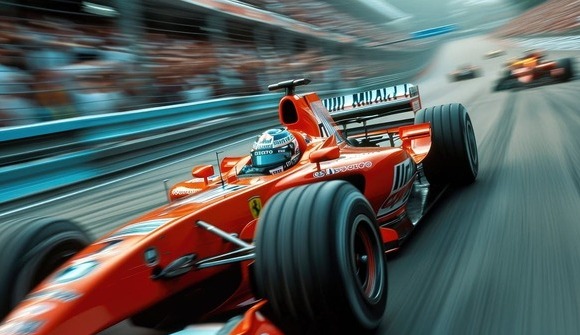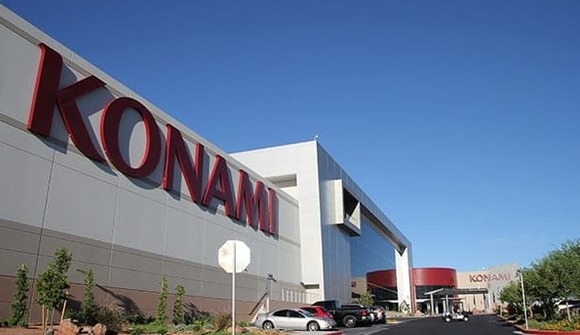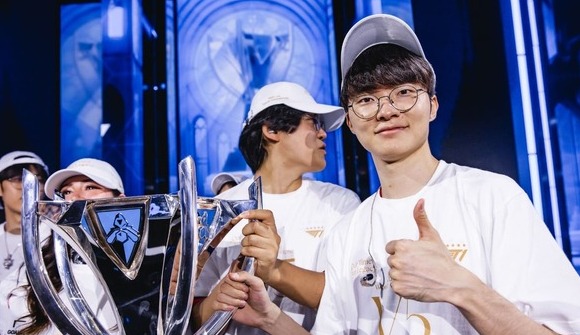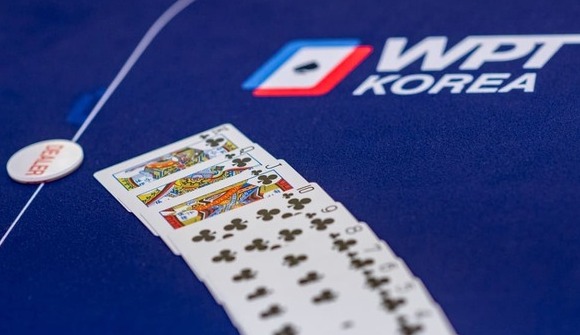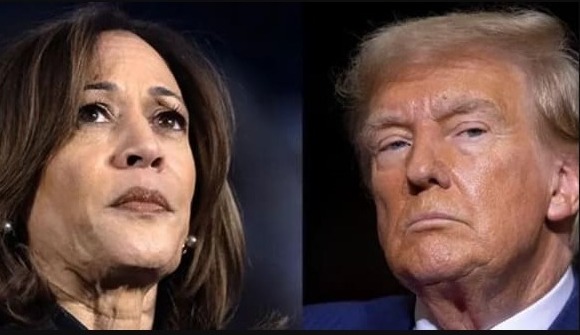
What The Betting Markets Say About The Trump-Harris Polls (as of Nov 6 in Asia)
Donald Trump generally holds a slight lead over Kamala Harris, despite polls showing a close race, according to a report by Forbes.
Around 7:30 p.m. EST, of November 5, 2024 (November 6 in most Asian countries) betting odds began shifting in favor of Trump after showing a much narrower lead earlier. Meanwhile, traditional poll-based prediction models suggested that the race was neck-and-neck heading into Election Day.
On Polymarket, a well-known blockchain-based platform, Trump was given a 67% chance of winning over Harris, who held a 34% probability at approximately 7:50 p.m. EST. This marked a notable tilt toward Trump after the first wave of poll closures.
Similarly, Kalshi, a U.S.-based prediction platform, showed a preference for Trump at 63% versus Harris at 37%, reflecting a significant swing from the weekend when Harris briefly held the lead. Kalshi operates legally in the U.S., as do PredictIt, Robinhood, and Interactive Brokers.
PredictIt, another major betting platform, also leaned toward Trump, though with a narrower margin, showing Trump at 59% and Harris at 41% around 7:50 p.m. EST. Robinhood, a major retail trading firm and recent entrant into election betting, gave Trump a 68% likelihood of victory against Harris’s 35%.
Interactive Brokers, via its subsidiary ForecastEx, aligned similarly, giving Trump a 68% chance and Harris 34%. Across the Atlantic, London-based betting sites Betfair and Smarkets, which do not serve U.S. customers, estimated Trump’s chances at around 67% and 66%, respectively.
By the time of the initial poll closures at 6 p.m. EST of November 5 (November 6 in most Asian countries), most betting platforms were leaning toward Trump, with his odds averaging 60% to Harris’s 40%, indicating a growing confidence in Trump’s potential success among betting markets as the evening unfolded.
It can be recalled that the United States reinstated political gambling just as the polls heated up ahead of election day on November 5. This was despite repeated calls of lawmakers for a ban on gambling related to the US elections.
A federal appeals court in Washington, D.C., ruled in favor of Kalshi, a financial exchange startup, enabling the company to reopen its regulated election-betting markets.
This marks a historic moment, as Americans are now able to legally bet on the election for the first time in nearly a century, with many wagers focused on the closely watched Harris-Trump race.
How does betting on politics work?
Betting on politics operates similarly to sports betting, where bettors place money on various outcomes, such as who will win an election.
Odds are determined by the amount wagered on each candidate and reflect the betting community’s perception rather than a scientific prediction. Major betting platforms (like Betfair or PredictIt) update odds dynamically based on incoming bets, meaning that high bets on one candidate can shift the odds in their favor. Unlike polls, betting odds don’t represent voter opinions directly but rather the confidence of gamblers.
Betting odds in politics don’t directly represent voter opinions but instead reflect the betting market’s collective perception of a candidate’s chances.
When people place high bets on a candidate, the odds shift to favor that outcome, giving a sense of the “market confidence” in a candidate’s likelihood of winning.
Unlike scientific polling, which surveys a representative group to gauge voter intention, betting odds show where people are putting their money, which could be influenced by various factors, including personal belief, strategy, or even insider knowledge.
Since the betting pool can include international bettors and those without voting rights, the odds may not always match actual voter sentiment.
However, when aggregated with polling and demographic analysis, betting odds can sometimes add an additional layer of insight into the race’s perceived competitiveness.
Read related article: Bettors Can Now Choose Between Trump and Harris; Political Gambling Makes a Comeback in the U.S.
Other Interesting Articles
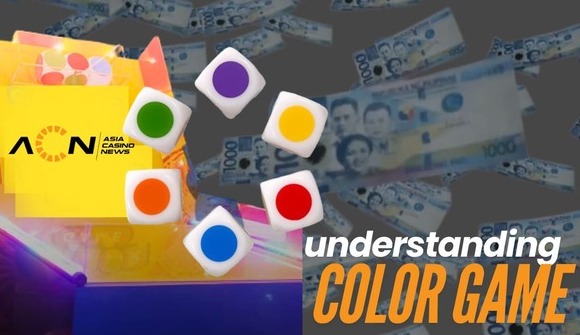 How to Play and Win in Color Game Nov 5, 2024
How to Play and Win in Color Game Nov 5, 2024



